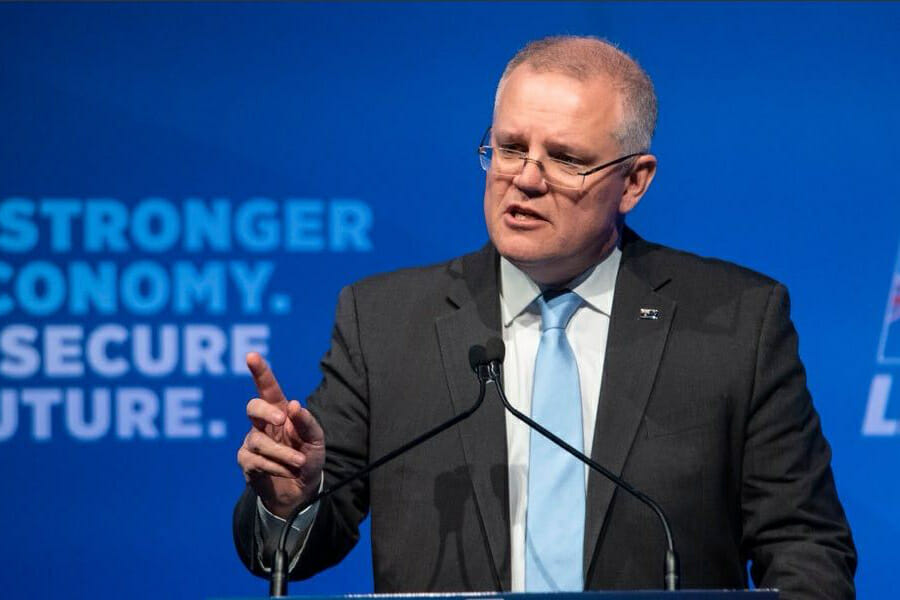
Australia’s Role in the RCEP Negotiations
After a series of free trade agreements with Southeast Asian countries, Australia is binding its economic future to a multilateral initiative – the Regional Comprehensive Economic Partnership (RCEP). While expected to be completed by the December 2018, ASEAN members have expressed uncertainty over whether conditions can be finalized. Confronted by the consequences of a US-China ‘trade war,’ the Australian government is negotiating with ten ASEAN members and five Asia-Pacific countries, including China, India, Japan, South Korea and New Zealand. If negotiations succeed, the RCEP will become the world’s largest trading bloc, worth approximately $17.23 trillion or one-third of the world’s GDP.
Australia can fasten RCEP negotiations by collaborating with ASEAN members like Indonesia to improve the chances of India agreeing to the RCEP. So far, India has expressed concerns about potential dumping of Chinese goods and the need for greater movement of Indian labor across RCEP countries. Given Indonesia’s economic rise and influence in regional affairs, Canberra has plenty of reasons to work closely with Jakarta apart from geographic proximity.
Trump’s exit from the TPP in early 2017 and by-passing of both the APEC summit in Papua New Guinea and the ASEAN-US talks in November this year shows that the US is taking a U-Turn on free trade. This provides Australia with an opportunity to lead free trade processes within the Indo-Pacific, especially as Scott Morrison achieved a free trade agreement with Indonesia in his first overseas visit as prime minister. India and Indonesia have also agreed to increase two-way trade up to $50 billion by 2025.
Australia can work with Indonesia at the regional level to strengthen economic interconnectivity as Indonesia continues to advocate closer regional economic ties. Building on bilateral agreements, Indonesian President Joko Widodo used the World Economic Forum as a platform to assert ASEAN’s commitment to free trade, calling ASEAN members ‘avengers’ in the fight to preserve free trade.
To be precise, closer collaboration with Indonesia during RCEP talks will shine line light on Australia’s credibility in being able to inspire regional free trade by working with one of its closest neighbours. Together they are can encourage India to agree upon a favourable outcome. For example, allowing more skilled workers to enter RCEP countries will facilitate better investment conditions in countries, such as Indonesia, where skilled labor shortages are an ongoing issue. Australia can also accommodate greater numbers of skilled workers in line with future growth objectives.
Even though ‘negotiating positions are too far apart,’ the RCEP negotiations serve as a foundation for achieving a bilateral trade agreement with India. This should give Australia further impetus to work more actively during RCEP talks given the economic benefits of Australia-India trade relations, as illustrated by the former High Commission to India, Peter Varghese, in his independent report.
Simultaneously, Australia’s awareness of the potential risks to national security arising from RCEP are significant. Although Australia has opposed China’s Belt and Road Initiative (BRI), it has not made notice of Beijing’s claims that RCEP will complement BRI. One of the challenges for Australia will be ensuring economic objectives can be met without jeopardising national security.
To date, there have been no references made to the potential security risks that could arise from the RCEP in spite of previous warnings regarding BRI. China wants to reinforce its BRI vision by using RCEP to highlight the need for infrastructure to facilitate free trade and open markets. In this sense, Australia should be conscious of the potential use of RCEP as China’s leverage. It must convey a message of opposition without offending Beijing in light of an unofficial Ministerial ban which prevents Canberra from cooperating with their counterparts in Beijing.
Similar to Australia’s opposition to BRI, the Australian government banned Huawei’s 5G network in an effort to protect infrastructure of national interest. While efforts were made to lessen the impact of the most recent 5G Huawei ban on Australia-China relations, earlier bans on Huawei projected a confused policy towards China. This is an important lesson for two reasons.
For one, internal divisions on questions of national security is dangerous, particularly if appropriate advice from national security advisers is ignored. As well, disunity on Australian foreign policies projects a lack of seriousness towards Quad partners like India which believe that China is extending its influence on Australia. By providing clear and justified reasons, Beijing may come to realise that healthy diplomatic relations can exist without necessarily agreeing on everything, especially if Australia’s national security is in question.
Both consistent and positive messaging on the RCEP will be important as Australia approaches a Federal election in 2019. The prime minister and his trade ministers should continue to reinforce Australia’s commitment to reaching an agreement sooner and build on the free trade agreements with Indonesia, South Korea and China through a more active role during RCEP talks.

